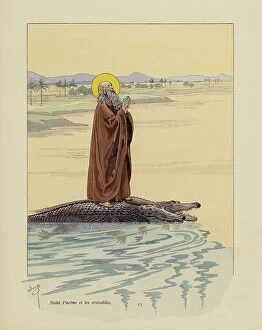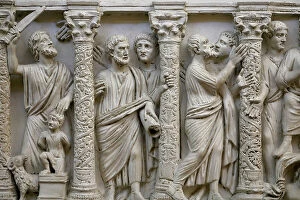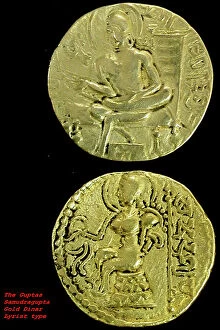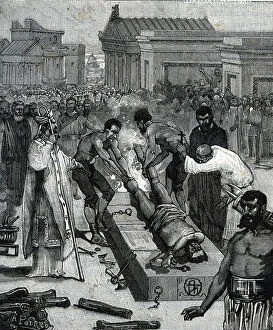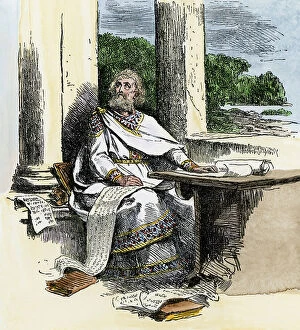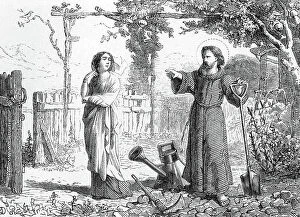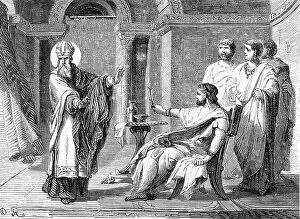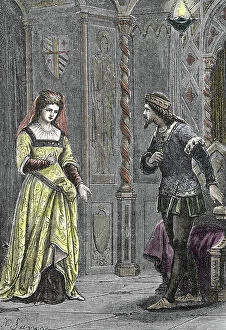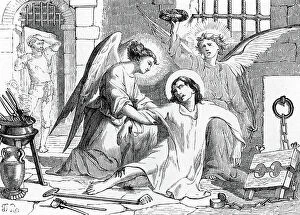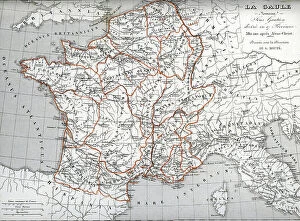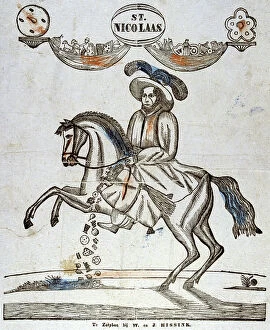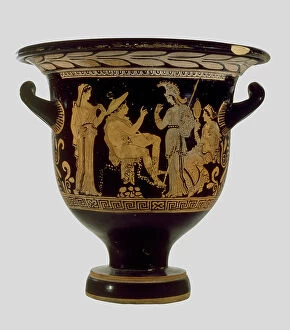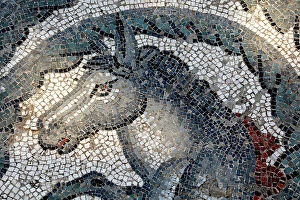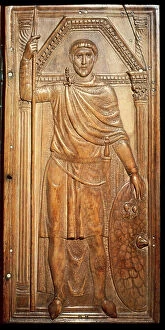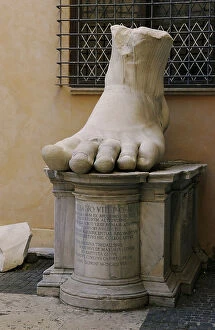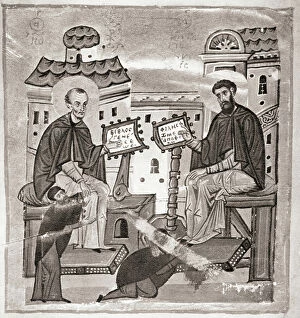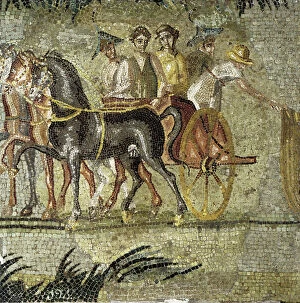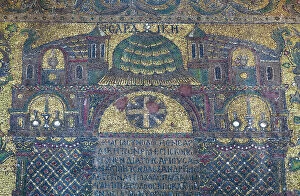4th Century Collection (page 3)
The 4th century was a time of great cultural and historical significance, as depicted in various artworks and monuments from around the world
All Professionally Made to Order for Quick Shipping
The 4th century was a time of great cultural and historical significance, as depicted in various artworks and monuments from around the world. In Michael Pacher's painting "The Devil Presenting St Augustin with the Book of Vices, " we witness the struggle between good and evil, highlighting the moral dilemmas faced by individuals during this period. Meanwhile, in Jerusalem's Ethiopian Monastery and Church of The Holy Sepulchre, we find ourselves transported to a UNESCO World Heritage Site that holds immense religious importance. This ancient structure stands as a testament to the enduring faith of believers throughout centuries. Traveling back further in time, we encounter Alexander the Great on his conquests in the Battle of Arbela. The mosaic found at Villa Romana Del Casale showcases this legendary figure's military prowess and strategic genius. Moving eastward to northwest Pakistan, a limestone head from Gandhara offers us a glimpse into the artistic traditions prevalent during the 4th-5th century A. D. This exquisite sculpture exemplifies the fusion of Hellenistic and Indian influences that characterized this era. Shifting our focus to China, we delve into Chinese eroticism through an intriguing detail from Sou Nu King—a Taoist treatise on sexual initiation dating back to the 4th century A. D. This artwork sheds light on ancient Chinese beliefs surrounding sexuality and spirituality. In another corner of history lies Emperor Constantine I, who founded Constantinople—renaming Byzantium—in order to establish it as his imperial capital. His vision forever altered Europe's political landscape while leaving behind architectural marvels that still captivate us today. Religion continues its prominence with depictions such as St Anthony the Great—the patron saint of basket makers—and Saint Jerome reading in a Landscape by Giovanni Bellini. These works highlight not only their subjects' spiritual devotion but also serve as windows into daily life during this period. Lastly, we encounter Constantine I once again, this time in a line engraving from the 17th century.

